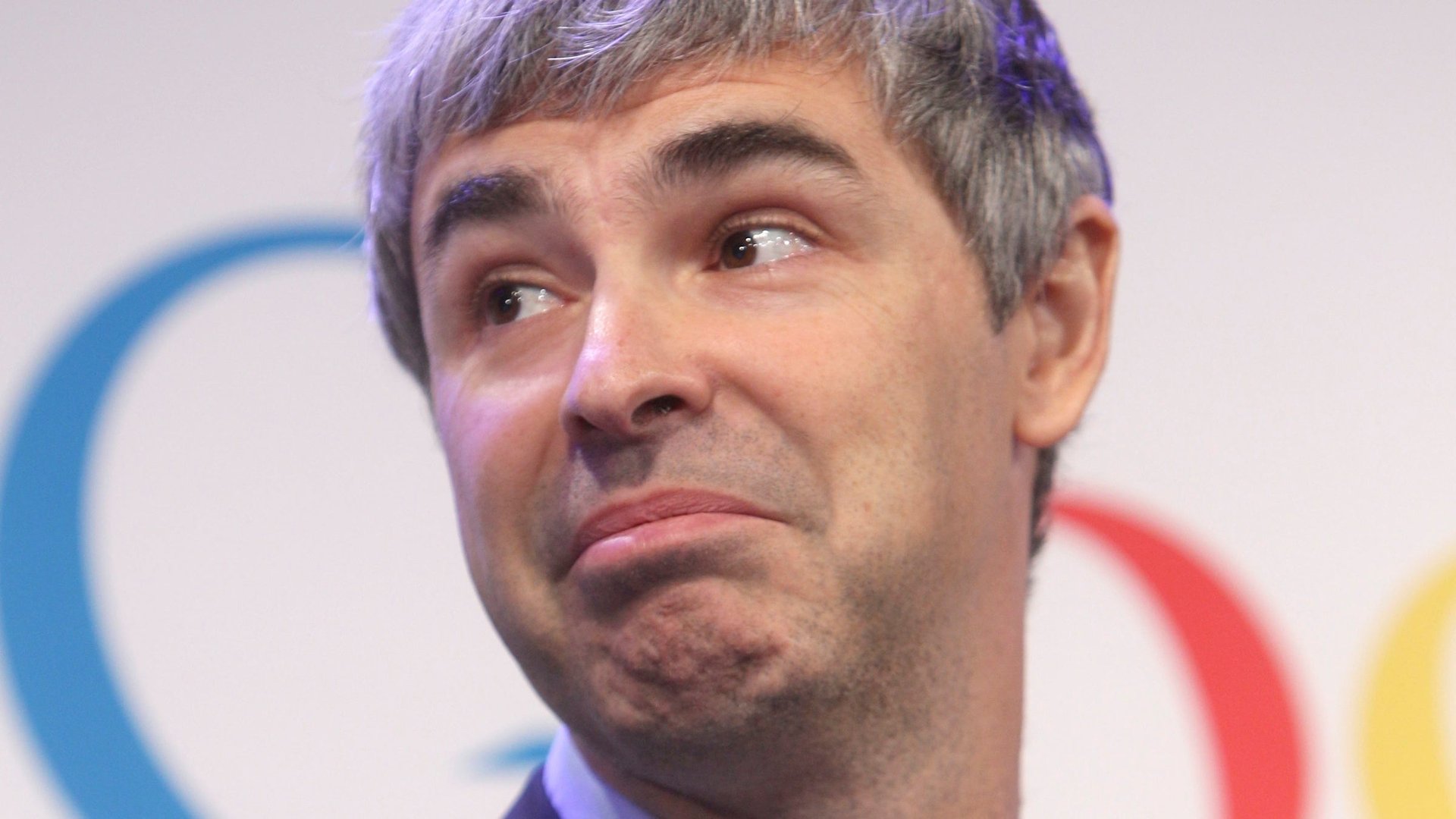Why Google’s revenue is a half billion dollars less than everyone expected
The takeaway from Google’s prematurely released earnings report: They still haven’t figured out mobile. The company came up a half a billion dollars short of what analysts had projected for the quarter. Here are some explanations.


The takeaway from Google’s prematurely released earnings report: They still haven’t figured out mobile. The company came up a half a billion dollars short of what analysts had projected for the quarter. Here are some explanations.
1. Users are increasingly accessing the web from their mobile devices, but advertisements on mobile are worth significantly less. Every time you click on a Google ad on a mobile device, Google makes half what it does if that same ad were on your desktop web browser. That’s 47 cents per mobile click, on average, compared with 98 cents per desktop click. Google’s filing indicates that, overall, its average cost-per-click declined 15% last quarter from the year prior.
Facebook has exactly the same problem, as does every advertising-fueled internet business that was born in the age of the desktop.
2. Google bought Motorola, and it’s a dog. Motorola lost $527 million in the last quarter, according to Google’s third quarter filing. By owning its own handset maker, Google hopes to control and make money from its Android operating system. Google makes no money from other handset makers that use Android because the operating system is open-source and has no licensing fees associated with it. If Google can use Motorola’s know-how to start selling best-in-class phones running Android, it might finally see a return on its enormous investment in Android. But so far, Motorola is a money-loser.
So far this quarter, we’re seeing the same theme over and over again: Whether it’s Intel, Amazon, Nokia, Google or PayPal, the shift of users’ time, attention and spending to mobile represents a massive disruption that is rapidly sorting out winners from losers.
It’s also worth nothing that Google is paying more to websites that run its ads. The money that Google pays to any site that carries its ads is known as its “traffic acquisition cost.” TAC is now 26% of advertising revenues, and a year ago it was 24% of advertising revenues. That’s a difference of $560 million.